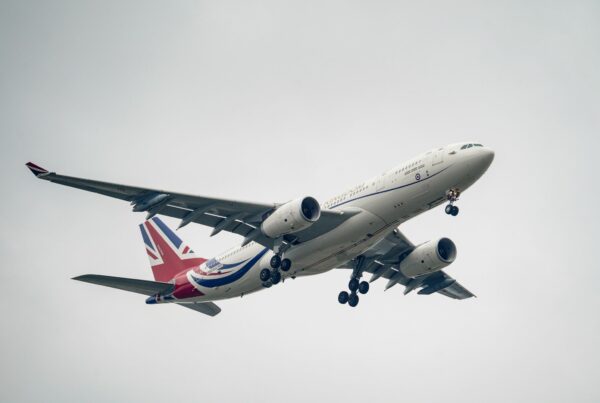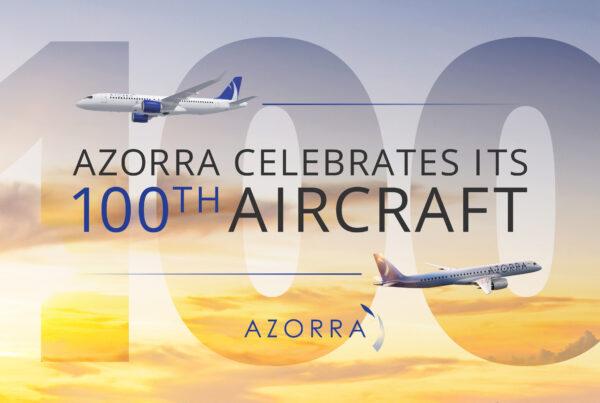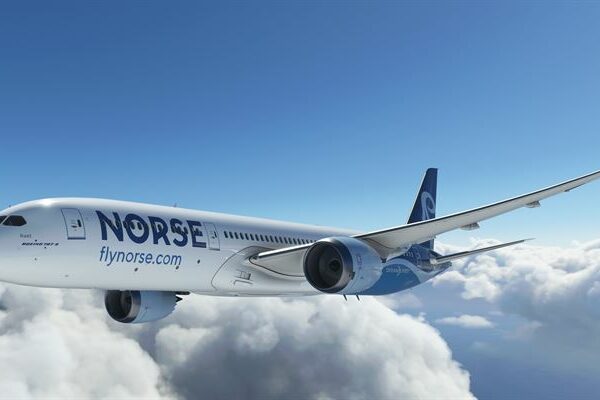Boeing is predicting demand for over 42,700 new aircraft over the next 20 years, with the single-aisle market now the “backbone” of the fleet and set to continue growing the fastest.
Presenting its annual forecast, now renamed the Commercial Market Outlook (CMO), at the Farnborough International Airshow, Boeing predicted that the demand for new aircraft, valued at US$6.3 trillion, will be driven by rising passenger traffic and upcoming retirements of aircraft. The outlook also projects the total number of aircraft will increase 4.1% over its previous forecast.
It also forecasts that the global fleet will sustain growing demand for commercial aviation services, leading to a total market opportunity value put at $15 trillion.
Randy Tinseth, vice-president of commercial marketing for The Boeing Company, said: “For the first time in years, we are seeing economies growing in every region of the world. This synchronized growth is providing more stimulus for global air travel. We are seeing strong traffic trends not only in the emerging markets of China and India, but also the mature markets of Europe and North America.”
He added: “Along with continued traffic expansion, the data show a big retirement wave approaching as older airplanes age out of the global fleet.”
Of the increased demand for aircraft, 44% of the new jets will be needed to cover replacement, with Tinseth suggesting that replacement markets may include regions such as Europe, US and Australia. On the other hand, 56% of the demand will be needed for growth, Tinseth said, pointing to China, Southeast Asia, Southwest Asia and Latin America as drivers for demand.
Including aircraft that will be retained, the global fleet is projected to double in size to 48,540 by 2037.
Boeing’s forecast predicts that the single-aisle segment will see the most growth over the period, with a demand for 31,360 new aircraft – a rise of 6.1% over last year. The $3.5 trillion market is largely driven by the continued expansion of low-cost carriers, strong demand in emerging markets and increasing replacement demand in markets, such as China and Southeast Asia.
Presenting the outlook, Tinseth said: “Without question the single-aisle aircraft create the backbone of the fleet today.”
Boeing also projects that the widebody segment will need 8,070 new aircraft over the next 20 years, and a need for 980 new production widebody freighters.
The CMO forecast for regional jet demand has decreased slightly from last year’s forecast, Tinseth told journalists, with the jets forecast to see 2,320 total deliveries through 2037, at a market value of $110 billion.
LCC growth driving services
Boeing also forecast a growing demand for aviation services, projecting a $8.8 trillion market for commercial aviation services over the next 20 years, with an annual growth of 4.2%
Discussing trends in aviation services, Tinseth suggested the growth of low-fare airlines may have shaped this sector, saying: “One of the ways that they’ve worked hard to reduce their cost is to bypass major investments in hangars and to look outside for services to be provided whether they be maintenance or scheduling. As a result, we’ve seen an uptick in services ordering as a result of their growth.”
He also suggested that the low-fare carriers have caused a “knock-on effect” to network carriers, challenged by costs decreasing and competition heating up.
Written by: Mark Thomas
If you have any feedback about this article or would like to suggest a topic for future investigation, please contact us.







